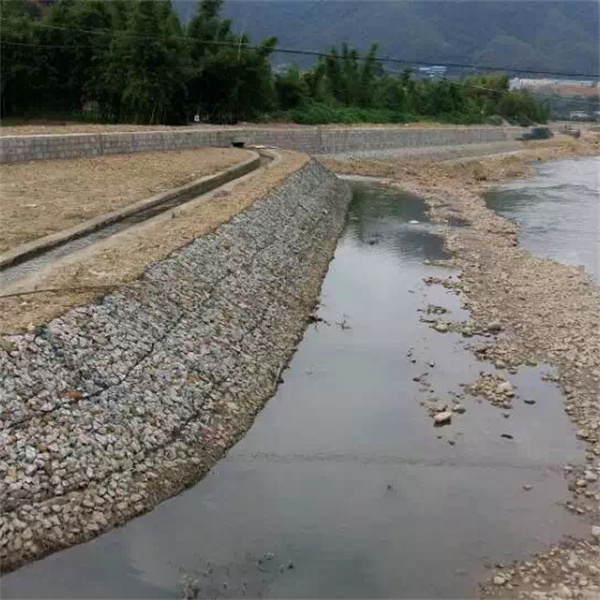júl . 31, 2024 20:17 Back to list
Exploring the Best Gabion Rock Fill Manufacturers for Durable and Sustainable Construction Solutions
The Rising Importance of Gabion Rock Fill Factories
Gabions, derived from the Italian word gabbione meaning big cage, have become an integral component in modern construction, engineering, and environmental conservation projects. They are structures made of mesh wire cages filled with rocks or similar materials, primarily utilized for erosion control, slope stabilization, and as decorative elements in landscaping. As the demand for environmentally sustainable and economically viable construction materials continues to rise, gabion rock fill factories are playing an increasingly crucial role in meeting those needs.
Gabion rock fill factories specialize in the production of gabion baskets and the provision of high-quality rock fill materials. These factories focus on manufacturing wire mesh baskets that can be filled with local or quarried stones, creating a sturdy and versatile structure. The manufacturing process typically involves the weaving of galvanized iron or PVC-coated wire into mesh panels, ensuring durability against environmental factors such as corrosion and corrosion.
One of the standout features of gabion structures is their adaptability. They can be customized to various sizes and filled with different types of stones, allowing for a range of applications. For example, in civil engineering projects, gabions are used for flood control and riverbank stabilization. The porous nature of gabion structures allows water to flow through, reducing the risk of hydraulic pressure buildup and subsequent failure. In landscaping, they serve as attractive retaining walls or decorative elements in gardens, combining functionality with aesthetic appeal.
Another significant advantage of using gabions is their environmental friendliness. The materials used in gabion rock fill, primarily natural stones, blend well with the surrounding ecosystem. Moreover, the construction process is less invasive compared to traditional concrete structures, reducing land disturbance and minimizing the carbon footprint associated with transportation and manufacturing. This ecological benefit attracts project developers who are increasingly looking for sustainable building solutions.
gabion rock fill factories

The role of gabion rock fill factories extends beyond just manufacturing. They also play a pivotal role in the local economy by creating jobs and providing materials that can be sourced locally. By utilizing local rocks and mesh materials, these factories help support regional economies and reduce transportation costs. The economic impact is especially vital in rural areas, where employment opportunities may be limited.
The rise of infrastructure projects worldwide, particularly in developing nations, has further propelled the demand for gabion products. As countries invest in improving their resilience to climate change and natural disasters, gabions have emerged as a cost-effective solution for protecting coastlines, riverbanks, and vulnerable communities.
Despite their many advantages, it is essential for project managers and engineers to ensure that gabion structures are designed and installed correctly. Challenges such as soil erosion below the structures, improperly filled baskets, and inadequate drainage can lead to failures. Therefore, it is crucial to partner with experienced manufacturers and contractors who understand the best practices in gabion installation and maintenance.
In conclusion, gabion rock fill factories represent a growing sector in construction and environmental management. Their ability to provide versatile, sustainable solutions for various projects is unmatched in the current market. As urbanization and climate-related challenges continue to rise, the importance of gabion structures will only increase, making it imperative for factories to innovate and expand their capabilities. The future of construction lies in the blend of functionality and sustainability, and gabions undoubtedly stand at the forefront of this movement.
-
Why PVC Coated Gabion Mattress Is the Best Solution for Long-Term Erosion Control
NewsMay.23,2025
-
Gabion Wire Mesh: The Reinforced Solution for Modern Construction and Landscape Design
NewsMay.23,2025
-
Gabion Wall: The Flexible, Seismic-Resistant Solution for Modern Landscaping and Construction
NewsMay.23,2025
-
Gabion Wall Solutions: The Durable, Decorative, and Affordable Choice for Every Landscape
NewsMay.23,2025
-
Gabion Basket: The Durable and Flexible Alternative to Traditional Retaining Walls
NewsMay.23,2025
-
Gabion Basket: The Proven Solution for Slope Stability and Flood Control
NewsMay.23,2025
-
Versatility of Chain Link Fence Gabion
NewsMay.13,2025






